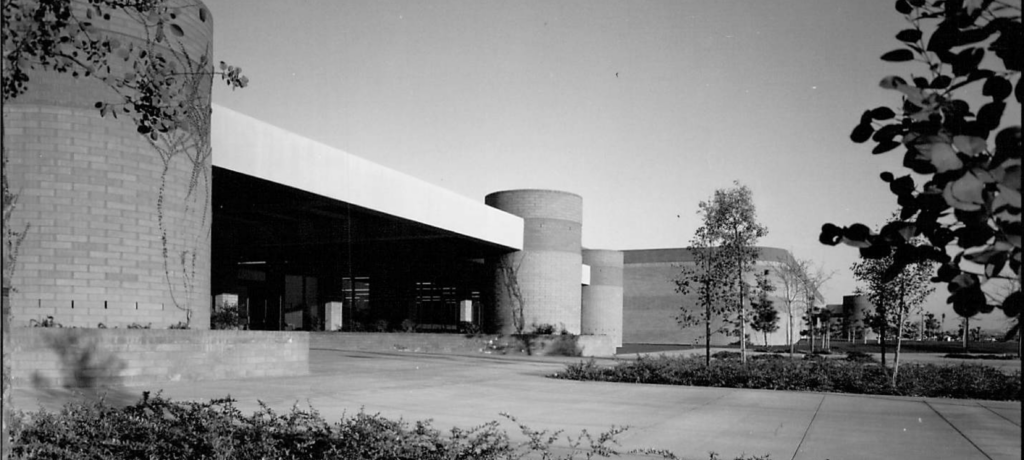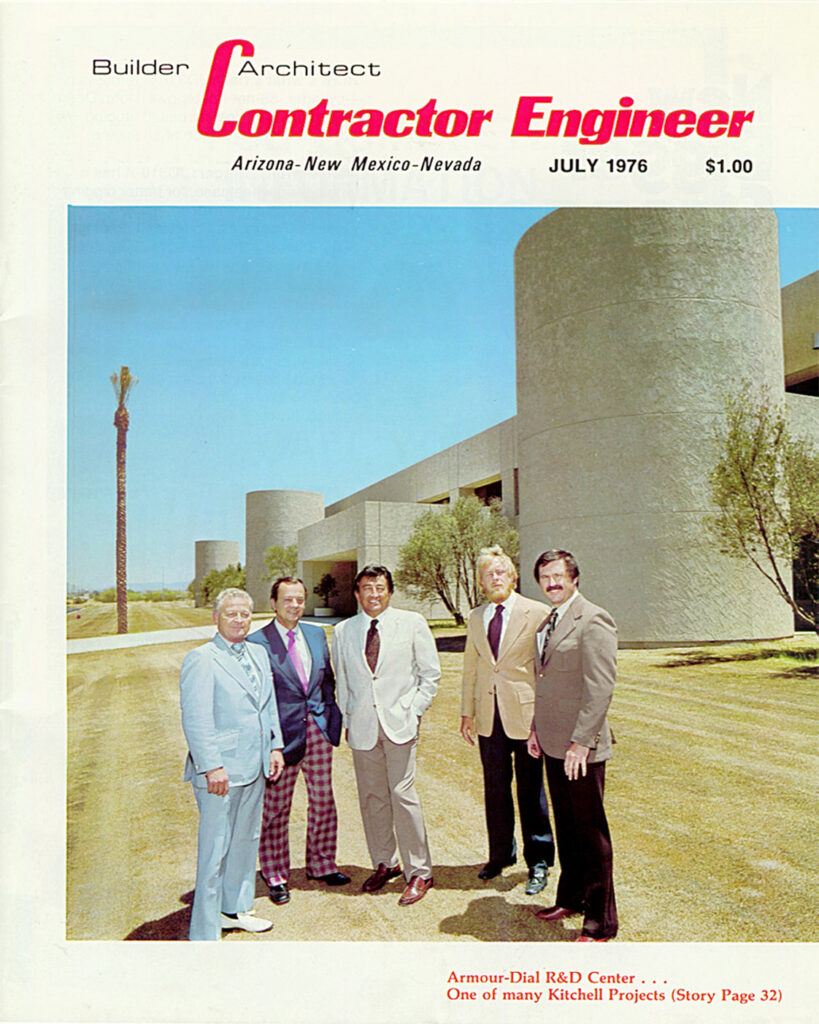In the dynamic world of commercial construction, innovation is rarely the product of a single mind. It flourishes when industry leaders, visionaries, and experts work together to solve complex challenges. This spirit of collaboration drove one of Kitchell’s most transformative developments in the 1970s: the pioneering of the Construction Management (CM) approach.
Kitchell was one of four national construction firms that developed and popularized what came to be called the Construction Management approach. In the early seventies, Sam and Vern Lindstrom began to market this team approach.
Prior to this shift, traditional construction methods often led to inefficiencies—projects were designed, then bid out, and only after contractor selection would cost and scheduling considerations take center stage. This approach left owners vulnerable to delays, budget overruns, and unforeseen complications. Recognizing these issues, Kitchell sought a better way—one that united architects, owners, and contractors from the very beginning.
Kitchell’s first true CM projects were three consecutive jobs for the DeVry Institute with CRS, a leading architectural firm. Sam, Vern, and the team flew to Chicago to collaborate with the design team in-person. The project was so successful, DeVry insisted on the same team doing its headquarters in Chicago and a school in Columbus, Ohio.
In an era before digital modeling and streamlined project management software, the team relied on real-time collaboration to create estimates and schedules. Architects sketched concepts on butcher paper on the wall while Kitchell’s experts provided immediate feedback on feasibility, cost, and timing. This iterative process enabled smarter decision-making and more predictable project outcomes—an approach that was groundbreaking at the time.
Kitchell initiated design-phase services like conceptual estimating, value engineering, and project scheduling, with construction provided under a negotiated Guaranteed Maximum Price (GMP) contract. Vern Lindstrom became chairman of the Construction Management Committee for the Associated General Contractors and helped author a textbook on the process. In its first year marketing the concept, Kitchell won 22 out of 24 jobs in a row.
The results were undeniable. Not only was the DeVry project a resounding success, but the model became a cornerstone of Kitchell’s project delivery philosophy. Owners responded enthusiastically, appreciating the increased transparency and efficiency. Soon, Construction Management was no longer a concept but an industry-standard best practice, proving that when key stakeholders unite from day one, the possibilities for innovation are limitless.
During the seventies, Kitchell built 12 of the 14 largest hospital projects in the Phoenix area and added new high-tech clients like Digital Equipment, Armour-Dial Laboratory, and Honeywell. More regional shopping centers were built in the rapidly developing metropolitan Phoenix, and Kitchell worked on eight of the ten largest. In spite of the 1974-75 recession, Kitchell grew steadily and continued to post strong earnings throughout the decade.



